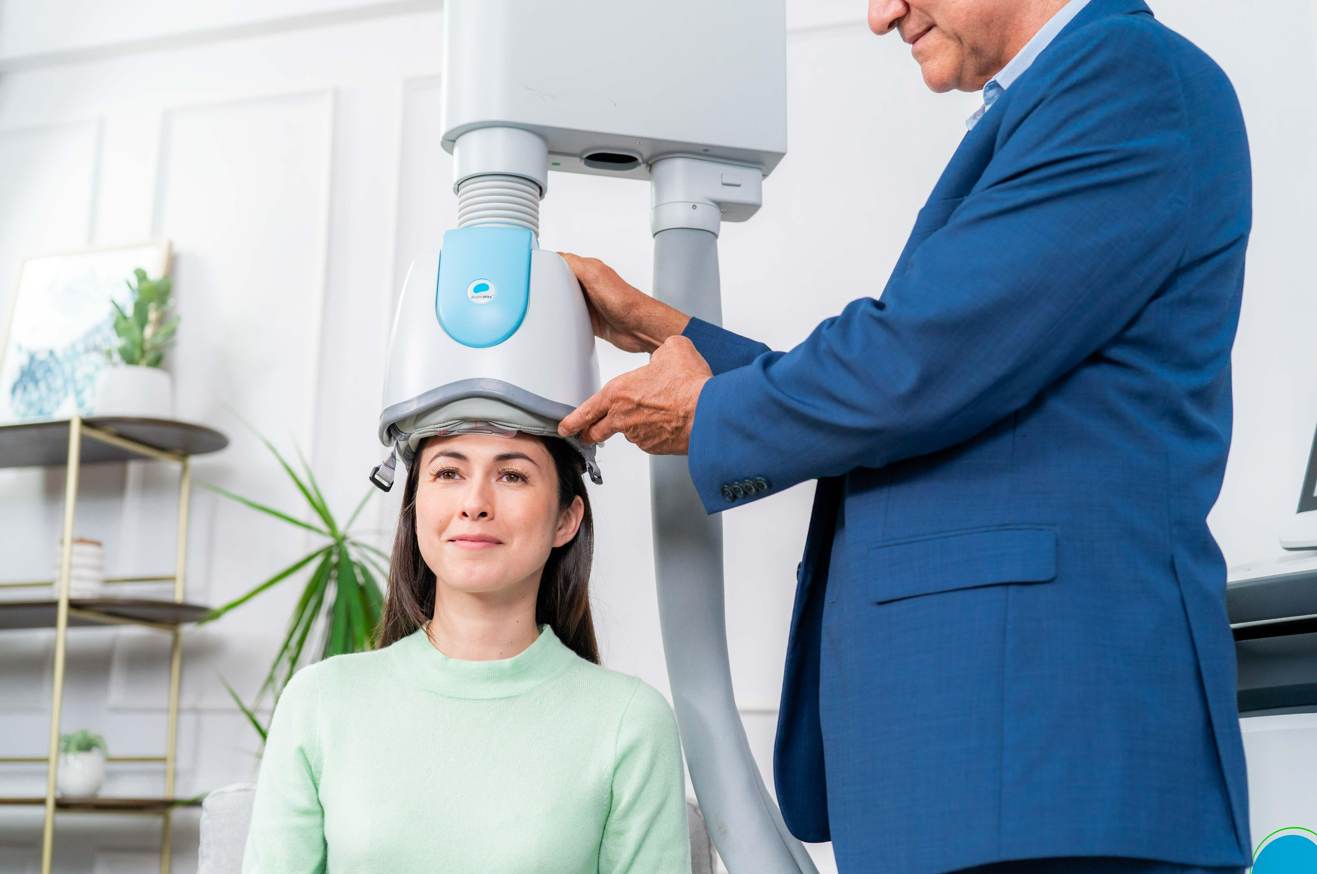Research evidence shows that alcohol use disorder and depression are closely associated with shared genetic risk and overlapping symptoms. Both conditions significantly impact mental, emotional, and physical health, in addition to disrupting one’s relationships, jobs, and education. Because each disorder influences outcomes for the other, understanding both disorders and treating them together can be an essential part of recovery.
Read on to learn about the links between alcohol and depression and possible causal effects. Then understand more about alcohol as a depressant. Finally, review treatment options for alcohol use disorder (AUD) and depression.

Alcohol use disorder (AUD) and mood disorders are prevalent and often occur together. Depression is not only the most common mental health disorder among the general population; it is also most likely to co-occur with AUD.
Individuals with AUD, ranging from mild to severe, are 2.3 times more likely to develop major depression than those without AUD. And those with alcohol dependence, the most severe form of misuse, are 3.7 times more likely to develop depression.
When alcohol and depression effects (or symptoms) occur together, they are more severe with worse outcomes than for either disorder alone. However, remission from both disorders is also linked and can vary depending on the severity of each condition.
The association between AUD and depression is strong, but evidence that alcohol consumption or disordered alcohol use causes depressive disorders has not been established. One study does suggest that genetic vulnerability to major depression may have a causal effect on alcohol use disorder. As genetic research components become more commonplace, the complexities of co-occurring disorders such as AUD and depression may be further elucidated.
Alcohol-Induced Depression
The exception to these findings is alcohol-induced depression, a condition where an individual experiences depressive symptoms only while intoxicated or during withdrawal. While challenging to differentiate from co-occurring depression and AUD, this condition is relatively uncommon, totaling less than 1% of those with co-occurring alcohol use and depressive symptoms. Depressive symptoms usually go into remission after a few weeks of abstinence, whereas symptoms of an independent depressive disorder likely persist before and after the alcohol misuse.
Alcohol use appears to have a dynamic relationship with negative emotional states, such as anger and depressive symptoms.
Why is alcohol a depressant when it is often associated with social interaction and celebratory occasions? Alcohol is considered a depressant based on how it affects the nervous system.
Alcohol is a central nervous system (CNS) depressant because it inhibits activity and reduces stimulation throughout the nervous system. It slows brain activity and causes muscles to relax, resulting in a sense of calm, delayed reactions, and drowsiness. Alcohol inhibits the CNS through two neurotransmitter pathways, GABA, and glutamate.
Alcohol withdrawal occurs when an individual stops drinking alcohol after a period of frequent and heavy drinking. The body adjusts to the ongoing presence of alcohol over time, and a sudden stoppage results in overactivity of the central nervous system. Depression is one of the symptoms individuals may experience during alcohol withdrawal.
Withdrawal symptoms are associated with abnormalities in the hypothalamic-pituitary-adrenal (HPA) pathway, a dynamic mechanism of three biochemical messaging systems that respond to stress. Individuals may also experience depression symptoms as the effects of intoxication diminish, exposing the reality of life difficulties again.
Psychotherapy, antidepressants, and mutual help groups are commonly used together to address co-occurring AUD and depressive disorders. Individuals who achieved only partial relief from depression symptoms may also benefit from magnetic therapy.
Treatment for co-occurring AUD and depression differs according to the severity of both disorders and other needs. While some need the intensive care and support of inpatient and residential treatment programs, flexible outpatient care is appropriate for many individuals.
Cognitive-behavioral therapy is a commonly used and effective modality, but it is not the only efficacious psychotherapy available. Behavioral activation therapy helps a person engage better with naturally occurring rewards, thus improving mood. Evidence shows that a modified form of this therapy improves outcomes for both AUD and depression.
Antidepressants are another primary treatment for depression symptoms. While taking antidepressants may not independently impact drinking behaviors, some evidence suggests that their positive impact on depression symptoms may reduce the desire to self-medicate with alcohol. Naltrexone is one of a few medications that may be used with substance treatment to help individuals avoid alcohol. Evidence shows positive outcomes for both AUD and depression when combined with antidepressants.
Studies show that participation in support groups may be most impactful for those with more severe alcohol use. Mutual help groups such as Alcoholics Anonymous have become an established approach to helping individuals with AUD, including those with co-occurring depression. Research findings suggest that attending a mutual help group reduces depression symptoms, which may also positively impact drinking behaviors.
Since depression often has a worse prognosis and more severe symptoms when it co-occurs with AUD, symptoms may be more persistent and challenging to treat. For individuals who have not achieved sufficient symptom relief from antidepressants, magnetic therapy such as Deep transcranial magnetic stimulation (Deep TMS) may help.
Deep TMS is an FDA-cleared treatment for depression with no long-term side effects and only brief short-term discomforts, such as a mild headache. Targeted magnetic pulses are delivered through a device embedded in a cushioned helmet. In short appointments over several weeks, pulses are directed at brain structures associated with depressive symptoms. This noninvasive approach means Deep TMS is safe to use with other treatments and can be conveniently scheduled around a typical daily schedule.

Evidence shows that co-occurring alcohol and depression have many connections, including how symptoms of each disorder can both worsen and improve in association with each other. Understanding these connections can help both individuals more effectively achieve positive outcomes for both conditions.